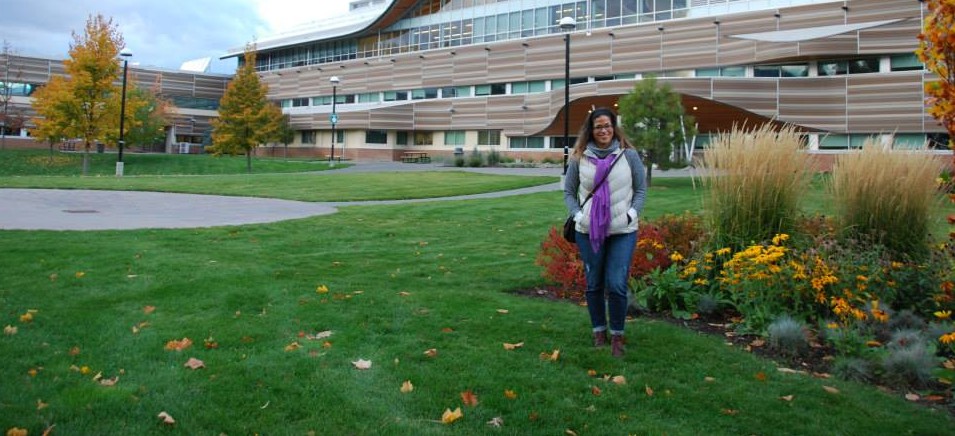Throughout my lifetime the expansion of technology has been remarkably vast. The implications are exciting and uncertain. It is easy to be infatuated with the possibilities that these advancements in technology may bring. But due to the way I approach everything in my life, my captivation about the “what ifs” does not come without a hint of skepticism.
In this instance I am referring to “robots” (facetiously referred to as “toaster” in the title) replacing highly skilled professionals such as lawyers. I like to think of this as an extreme exaggeration likely because if so true, the implications have a direct effect on my and many of my colleagues’ career path. Despite this, it is important to be objective and not let these biases give weight to the evaluation of this proposed technology because of the potential positives in respect to access to justice.
In a recent study by Winston & Strawn, the firm found that predictive coding software they recently implemented was more effective than human reviewers in sourcing relevant documentation in the initial stages of a claim (shrinking the process down to one-third of the time typically required). This could minimize costs for clients while freeing up the precious time of the lawyer to work on more complicated matters demanding of their skillset. This type of technological intervention is very basic and does not pose as serious threat to the legal profession. If anything, there is a mutual benefit to those working in legal practice. However, experts in the field do not expect it to stop there. Josh Blackman, an assistant professor at South Texas College of Law, predicts that software programs will be capable to advise whether to file a lawsuit, predict how it may be resolved, and draft portions of legal briefs. While this may be a relief to the public, there is some concern from professionals in the field, particularly new law graduates.
Another concern is determining who will be responsible for bad legal advice. There is potential for this technology to be misused in a way that is unfavorable both to the client and justice system. For example, Electronic Frontier Foundation has accused Warner Bros. of using software algorithms to file copious amounts of erroneous copyright-infringement notices without reviewing the files in question. WB tried to “wash their hands” from the error by claiming it was not a human error but a computer error. The courts however, disagreed and held WB responsible. Although some may find this comforting, there are still many uncertainties when technology increases in complexity.
In light of these predictions, a concern that comes to mind is whether this is the type of relationship the public, our clients, desire from their legal services. To me the legal relationship has always been about trust. In the simplest of terms, people seek those they trust when in need of every day advice. The optimal situation is that the client will have full faith that his legal representative is going to do everything in her power to find an outcome that serves his best interests; even if this means late nights, long hours, and getting creative to reach that solution. Ideally this dedication derives from the lawyer’s passion for the law and a genuine care for the client’s well being. This bond that arises out of certain relationships is what causes people to naturally prefer putting their faith in, well, other people. This preference runs true within our evolutionary roots. Of course this system is not perfect and it may even be a fallacy to think that it provides the best results (just look at politics). However, it’s a system that people are comfortable with.
Since the implementation of the pyramid structure in law firms the legal profession has shifted away from this model of close interpersonal relationships between clients and lawyers. Under this structure there is often a disconnect between the client and the lawyers at the bottom of the pyramid who are working on the file. Many of the lawyers who are swimming in paperwork may never speak with the client directly.
I am not convinced that clients are satisfied with current legal representation where firms have adopted this pyramid structure. Without the bond that is created in these special relationships they might not believe that their interests are being represented. This might result in clients feeling like they’re being ripped off or unsatisfied with the end result. Furthermore, this disconnect may only grow larger with the introduction of legal advice produced by a robot without a face behind it. Alternatively, it may be the case that this distrust and uneasiness in the new technology is just an initial response to change. Regardless, whether or not this technology is accepted in not-so-far-away-future it cannot be ignored. Especially since this technology would improve access to justice. I just hope that in the end we don’t all end up getting burnt.



1 Comment
Very interesting post Danielle, I like your legal denationalization theory brought on by larger and larger legal service providers (with their adoption of information technologies as the latest form). Personally I think the advancing legal information technology genie cannot be put back in the bottle. But I try and keep positive that this dynamic will bring more complexity to the legal world. Richard Susskind points out that new opportunities can emerge such as legal technology consultants, knowledge engineers, and process managers. These roles will still require thorough legal literacy in combination with other skills. There is hope! (for the mid-term at least 🙂 )